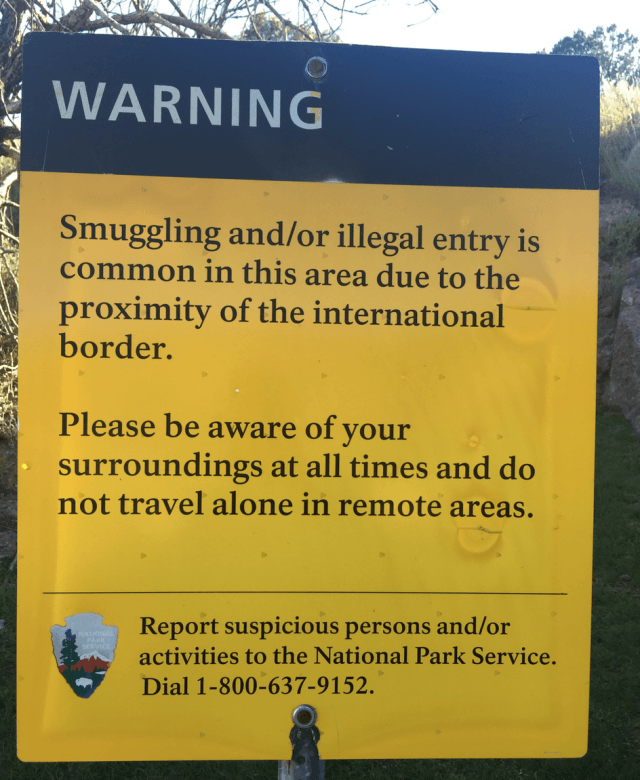This week, the Federal Bureau of Investigation released its annual Uniform Crime Report (UCR), which summarizes a year’s worth of violent crime statistics from across the country. At a glance, it shows that violent crime is down across the country and in the State of Texas. However, the data used to make these assessments doesn’t include kidnappings or specify what crimes are drug- or cartel-related, painting a skewed picture of everyday life along some parts of the southwest border.
According to a Houston Chronicle summary report, the UCR data for 2014 showed the overall crime rate in the US dropped 0.2 percent and the murder rate fell 1.2 percent from last year. The statistics for Texas look just as positive, with crime and murder rates either holding steady or dropping very slightly from the previous year.
The report did note two things—the relatively high murder rate in Houston (although that is still down a small bit from 2013), and the very low homicide rates in El Paso and the Brownsville-Harlingen area. A first look at these numbers implies to the casual reader that Texas border communities are quiet with little criminal activity. However, the fact that UCR data does not track crimes that are unique to border areas—and specifically related to drug cartel activity—paints a misleading picture for those not familiar with daily life in South Texas.
UCR data is compiled from thousands of law enforcement agencies that voluntarily provide their crime data to the database. There is no standard for how each agency classifies a particular crime, and no audit process to ensure uniformity in the data. But most significantly, the UCR data does not include kidnappings or drug trafficking-related crimes. The data also does not specify if violent crimes were committed by or against traffickers, so it is impossible to determine if the proportion of violent crimes occurring in Texas related to drug trafficking has changed.
Another important point to make is that UCR data can only be interpreted based on crimes reported to the police and input into the system. Much of the violent crime and kidnapping activity occurring in some border communities is being committed against drug smugglers and illegal immigrants—two groups that are not motivated to report criminal activity to the police for fear of being deported or arrested. When local news outlets along the border report kidnappings or gang-style shootings, they rarely mention or follow up with reports about possible cartel or drug trafficking connections.
While the UCR violent crime data for 2014 is encouraging both at the national and state level for Texas, it is important to remember that statistics are only a starting point for crime analysis; they can be skewed many ways to prove a point or further an agenda. In this case, it’s crucial to look deeper into the ample evidence and reports of violent drug cartel activity in Texas and elsewhere along the border to maintain a more realistic perspective on how it affects local communities.
Sylvia Longmire is a border security expert and Contributing Editor for Breitbart Texas. You can read more about cross-border issues in her latest book, Border Insecurity: Why Big Money, Fences, and Drones Aren’t Making Us Safer.

COMMENTS
Please let us know if you're having issues with commenting.